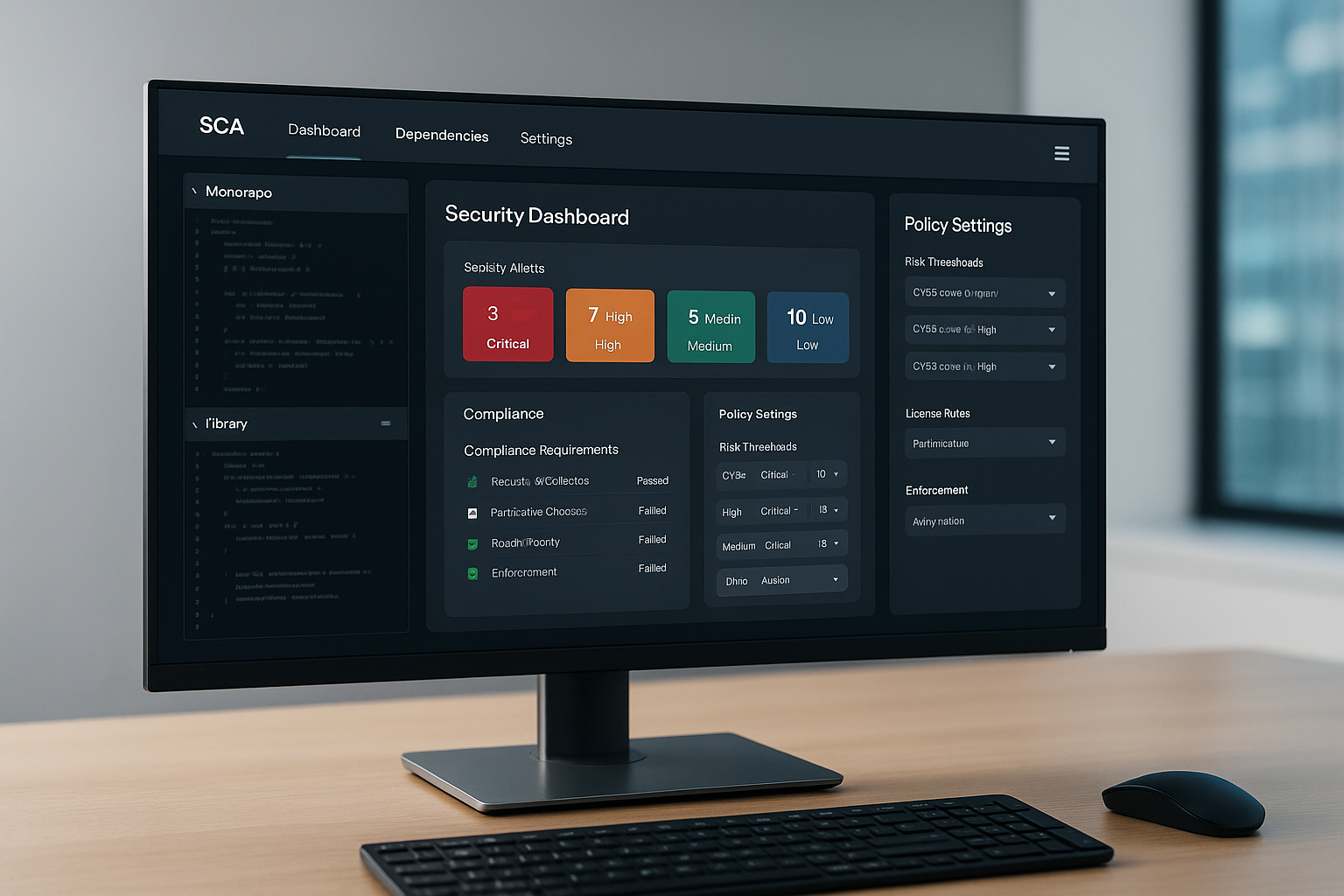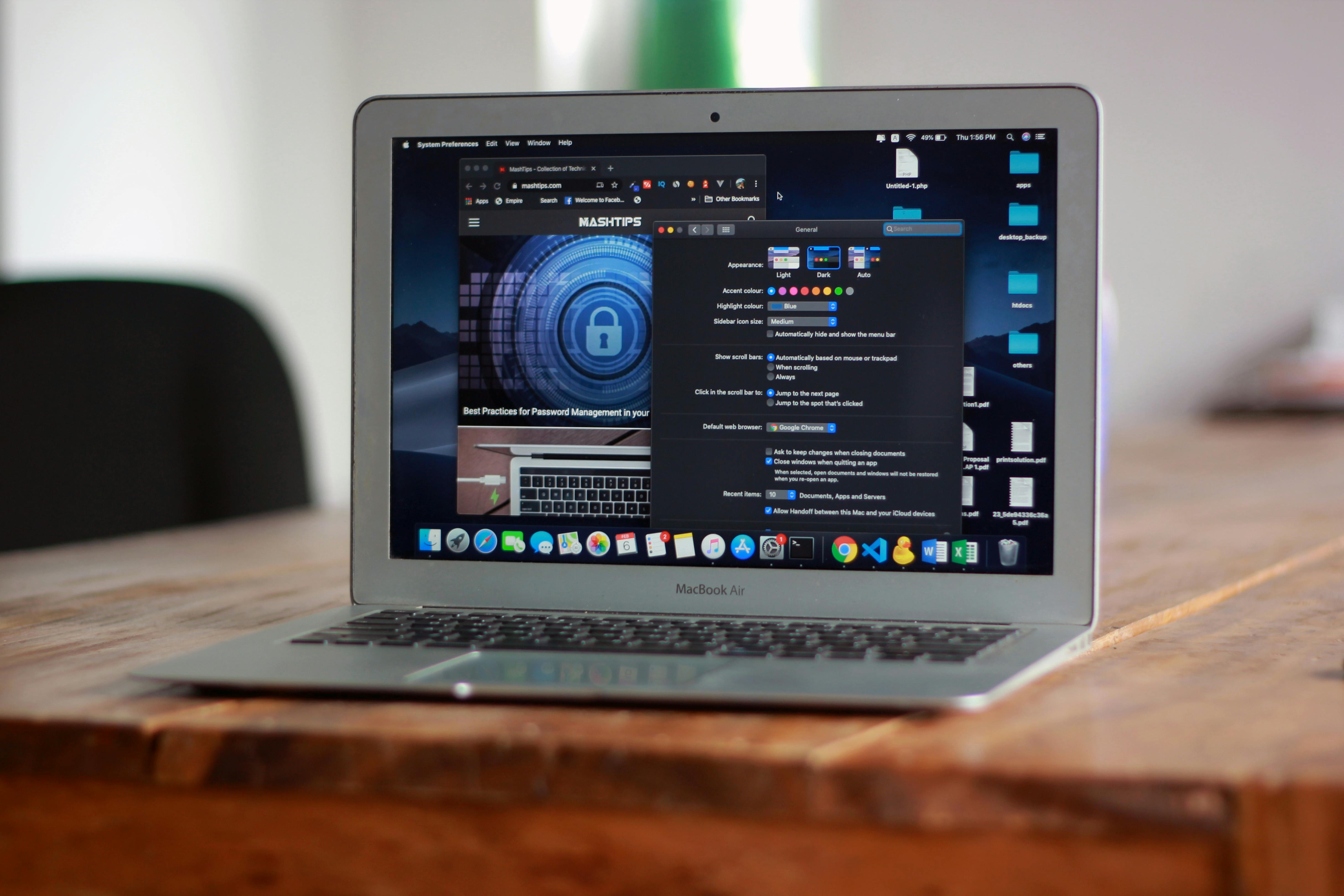Managing Software Composition Analysis (SCA) in large-scale monorepos is no small feat. As organizations scale and consolidate codebases across multiple teams and services, scanning the entire repository for open-source vulnerabilities and license compliance during every CI/CD run becomes impractical. The result? Sluggish pipelines, frustrated developers, and delayed releases.
That’s where incremental SCA scanning steps in.
This article explores incremental scanning strategies for monorepos, helping you reduce pipeline latency, maintain robust application security, and stay compliant without scanning the entire repo on every commit. We’ll also explore how modern tools can simplify this process with real-world examples.
The Monorepo Dilemma
A monorepo is a single repository that houses multiple projects, services, or packages. It enables code reuse and easier collaboration but presents unique challenges in security and DevSecOps. Managing thousands of dependencies spread across dozens of services often leads to slow and inefficient SCA scans on every CI/CD execution. In such setups, high false-positive rates are common, and resource-intensive builds tend to frustrate developers and stall product delivery.
These pain points only grow as organizations adopt microservices architectures, support polyglot tech stacks, and scale their development teams across geographies.
What Is Incremental SCA Scanning?
Incremental SCA scanning is a strategy that scopes the analysis to only the parts of the codebase that have changed or are impacted by a change. Instead of scanning the entire repository on each commit, the analysis is limited to relevant files, modules, or services that have actually been modified.
This approach can drastically reduce scanning time, lower compute costs, and minimize the noise in security alerts. It makes SCA more actionable, especially in fast-moving organizations where efficiency is critical.
Incremental Scanning Strategies
There are several strategies that organizations have tried to employto incrementally scan large monorepos.
Directory-Based Scoping involves identifying which directories have changed using Git diff tools or CI triggers and running SCA scans only in those directories. This is a simple and effective approach, especially when paired with tools like Mend's Unified Agent.
Dependency Lock File Monitoring is another useful method. Files like package-lock.json, go.sum, or pom.xml often reflect changes in external libraries. By detecting modifications in these files, you can trigger targeted scans only in modules where third-party dependencies have been updated.
Build System Integration leverages modern tools like Bazel, Gradle, or Buck that maintain detailed dependency graphs. By integrating with these tools, you can identify the exact parts of the codebase affected by a change and scan them selectively. Endor Labs provides guidance on managing Bazel dependencies effectively.
Conditional and Parallelized CI Jobs can also streamline SCA scans. CI platforms like GitHub Actions, GitLab CI, and CircleCI support workflows that trigger scans only when specific files or directories are changed. This allows for faster, more modular scanning.
Custom Scanner Provisioning is a more advanced option. BoostSecurity, for instance, allows teams to deploy scanners that are configured based on ownership, language stack, or service domain. This increases both efficiency and scan accuracy.
Pipelineless, Real-World Scanning is one of Arnica’s core strengths. Unlike traditional methods tied to CI/CD pipelines, Arnica continuously monitors code repositories for changes, vulnerabilities, and compliance risks in real time. This approach delivers immediate security insights without slowing development or adding complexity, making it ideal for fast-moving teams managing large-scale monorepos.
Looking for full-stack DevSecOps tools? Don’t miss our comparison on Static Application Security Testing (SAST) vs. SCA.
Benefits of Incremental Scanning
Incremental scanning improves pipeline efficiency significantly. Teams have reported reductions in scan times from 15 minutes to under 2. It also minimizes cloud infrastructure costs by reducing compute usage.
This strategy enhances the developer experience. Developers receive fewer irrelevant alerts and can focus on vulnerabilities related to their specific changes. Incremental scanning also improves your Software Bill of Materials (SBOM) by tying security data to actual build context.
More importantly, teams that adopt incremental SCA maintain high security and compliance standards while accelerating release cycles.
Pitfalls to Watch Out For
Despite its advantages, incremental scanning comes with challenges. Under-scoping can result in critical vulnerabilities being missed. Transitive dependencies that don’t appear in direct changes might go unnoticed if not handled properly.
Integrating with build systems requires careful setup. A misconfigured graph or improper scoping rule can lead to gaps in coverage. Some compliance requirements may also mandate full scans, so ensure that your strategy aligns with all necessary standards for security compliance audits and regulatory compliance in software development.
Going Beyond: Arnica’s Approach
At Arnica, we believe that security should scale with your codebase—not slow it down. That’s why our platform enables fully automated incremental SCA scans triggered by actual code or dependency changes.
We deliver real-time security alerts via Slack, Microsoft Teams, and in pull requests, allowing developers to take immediate action. Our SCA scanning capabilities are part of a broader suite that includes SAST, IaC, and Automated Secrets Management.
Arnica operates in a pipelineless way, enabling asynchronous scans without burdening CI/CD pipelines or DevOps teams. This, combined with our Cloud-Native Application Security features ensures that even the most complex environments remain secure and efficient.
Final Thoughts
Incremental SCA scanning is a must-have for organizations embracing large-scale monorepos. Traditional scanning methods no longer scale, and teams that adopt smarter scanning techniques will gain a critical edge in both performance and security.
With the right strategy and tooling, you can reduce scan times, improve accuracy, and meet compliance standards—all while keeping your developers productive and your software secure.
Ready to Modernize Your Monorepo Security?
Let’s talk. Book a quick 30-minute call with our security engineers and discover how Arnica can help you integrate incremental SCA strategies seamlessly into your CI/CD workflows, book an appointment with Arnica.
Reduce Risk and Accelerate Velocity
Integrate Arnica ChatOps with your development workflow to eliminate risks before they ever reach production.




